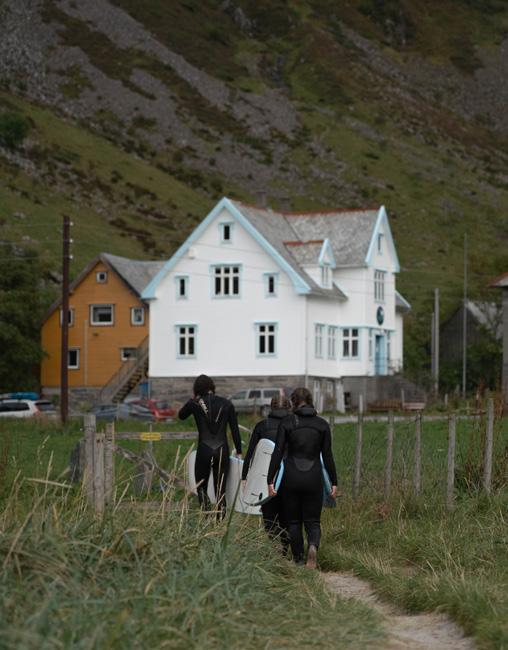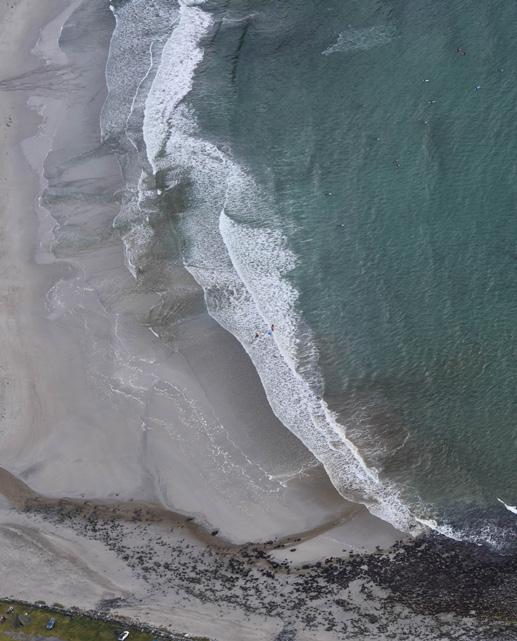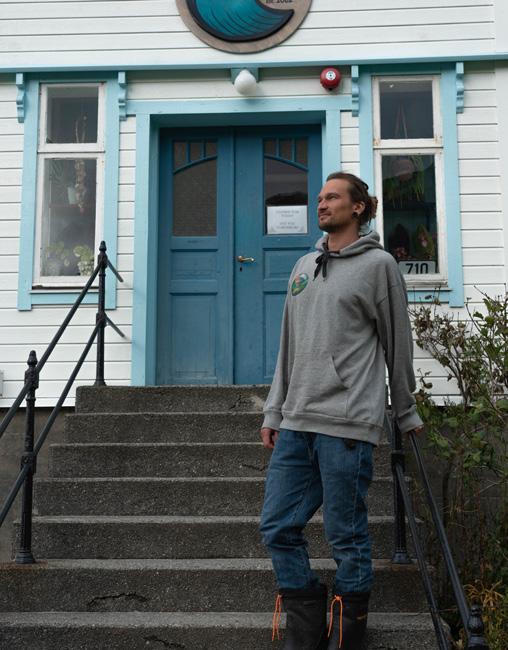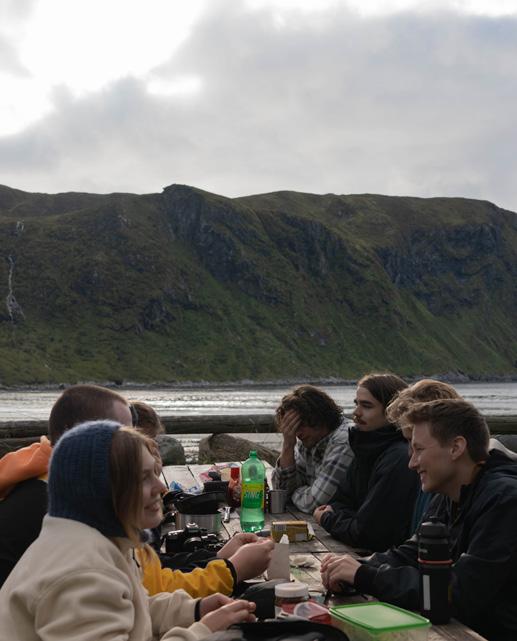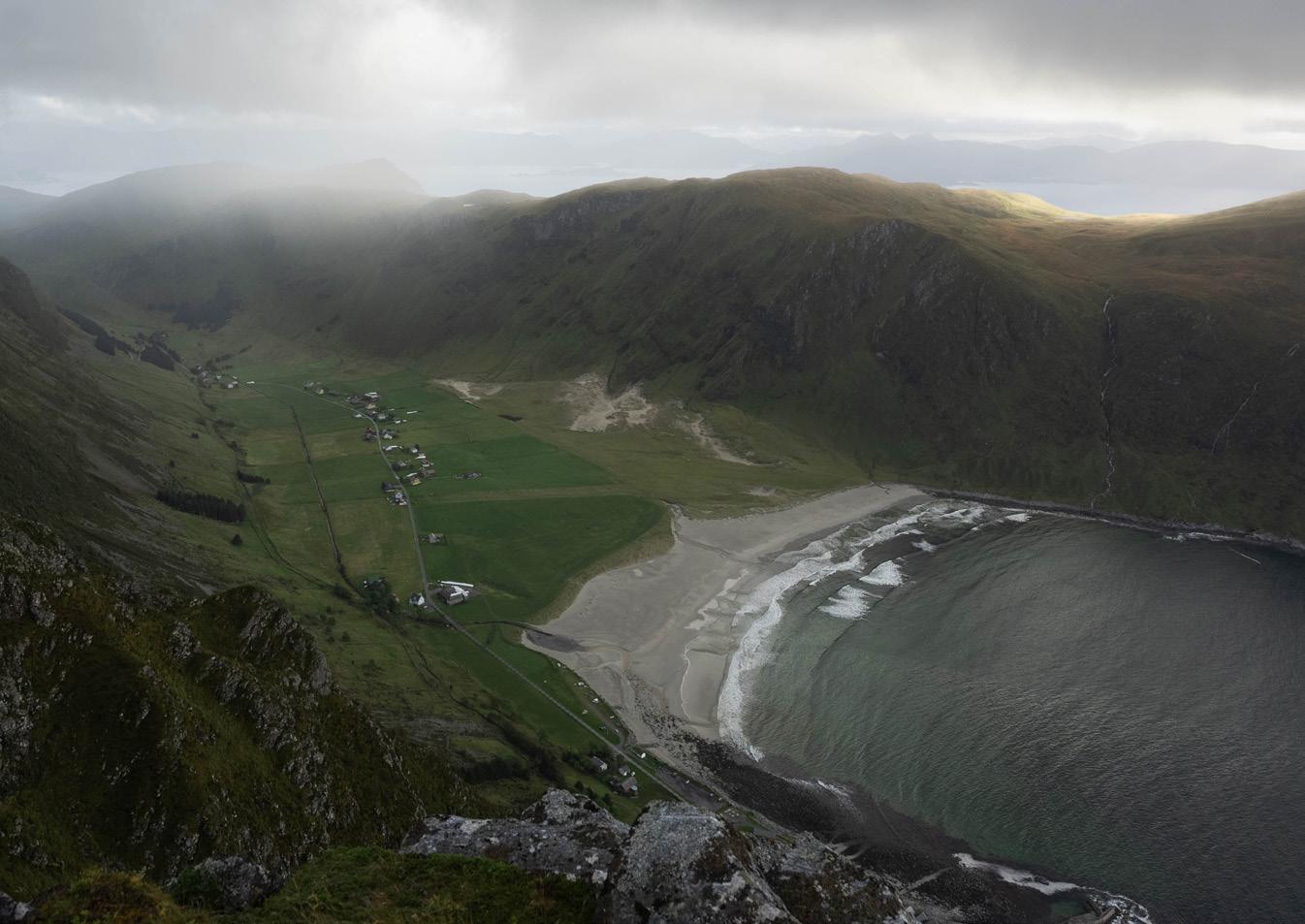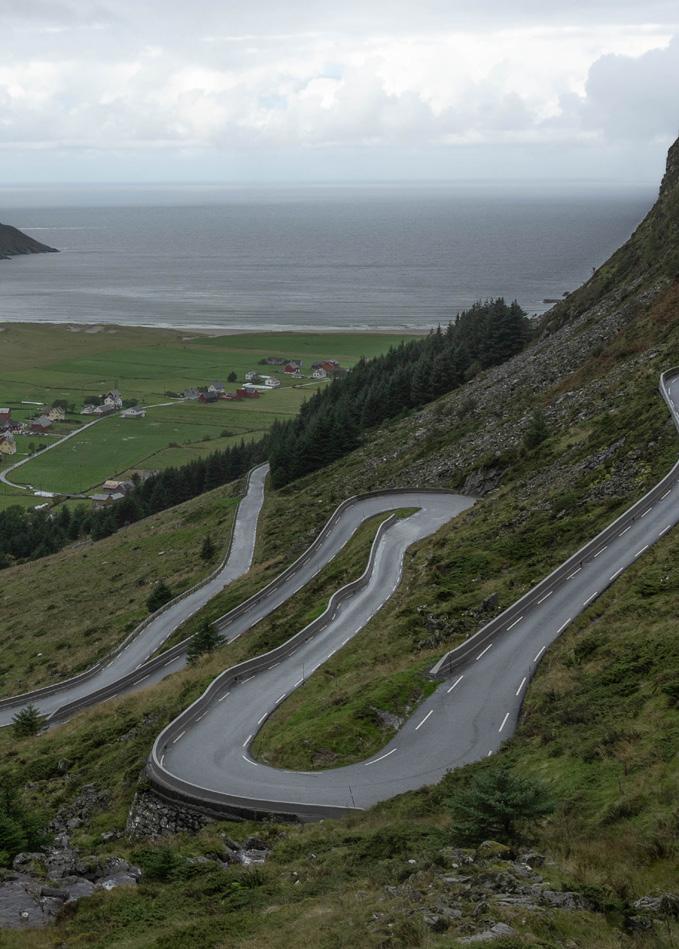
9 minute read
SPORT & FRILUFT
Qatar World Cup ‘22: Why we must boycott
Text: Alexandra Bloch Illustration: Jenny Bæra Johannessen
Advertisement
In 2010, Qatar was chosen to host this year’s World Cup. This country, known for its transgressions of human rights, has followed its usual trend with the preparation of the popular event. A boycott should be the only possible answer to the atrocities that have been committed in the past twelve years for us to have a World Cup to watch. It is a result of sportswashing.
The idea of a boycott is far from being ground-breaking. On the contrary, the matter has been put forward and argued numerous times in the past few years. Nevertheless, it seems pertinent to bring up the issue once more in the context of a student newspaper, less than two months before the start of this popular event.
No matter the age, no matter the amount of time or dedication usually invested in the sport, the World Cup is almost unavoidable. When the competition starts, it becomes a challenge not to hear about it for a full day. And inevitably, it is very tempting to join in. There is no arguing that the World Cup brings entire nations together. Imagine sharing every victory and every loss with millions of other people, celebrating, or drowning your sorrows with them all. Whether you genuinely care about football or not, such strong emotions are always amplified by the masses. In these circumstances, repressing the urge to be a part of such a movement becomes difficult. On a smaller scale, it is also very tempting to accompany your friends when all of them plan on watching the next game, if even because of the fear of missing out. This explains why most people will probably turn a blind eye to the atrocities, iniquity and cruelty that have been taking place in Qatar, in favour of enjoying their football game peacefully.
This article is an unapologetic attempt at changing the mind of such people. Before taking the decision to watch the World Cup this year, ask yourself one simple question: Is my entertainment worth the deaths of thousands? Because that is the harsh reality of this situation. In February 2021, the Guardian revealed that around 6500 migrant workers died while building the infrastructures necessary for the World Cup to happen. While it is occasional for casualties to occur on construction worksites, those deaths were anything but innocent accidents. They are the result of criminal working conditions being carried out by Qatar. In 2016, Amnesty International published a report stating that Qatari companies were enforcing modern slavery: Many migrant workers lived in sordid labour camps, were forced to pay huge recruitment fees, had their wages withheld and their passport confiscated.
All the attention brought up to its violation of human rights has since then led the country to amend its policies; for example, in August 2020, the Government of Qatar adopted a minimum wage law. It could then be argued that awarding the World Cup to Qatar has actually helped them move towards human rights being respected. But the grim reality is that in many cases, this new law is not actually applied. This goes for most social improvements attempted by Qatar as a result of their blatant disrespect of human lives being exposed so clearly in the media.
Another argument opposing a boycott consists of stating that withholding from watching the World Cup won’t bring these people back to life. If a boycott is conducted, wouldn’t they have died for nothing? But that reasoning seems wobbly at best, and self-serving at worst. The deaths of these migrant workers were wrong. They were killed for people’s entertainment. Spectators enjoying the product of their sacrifice will never make it worth it. Moreover, by watching the World Cup, fans are getting implicated in these deaths. This statement seems dramatic but take is as follows: No one is saying that you will kill people by watching. The worry is that you would voluntarily ignore this unjustifiable loss of human lives, as though it was a reasonable price to pay for the World Cup to exist.
This last part relates to a newly discovered but very real phenomenon: Sportswashing. The Norwegian Helsinki committee states that “the term sportswashing is used when a country organises, sponsors or takes ownership of high-profile sporting events, where the purpose is to divert attention from matters worthy of criticism, such as human rights violations or crimes against humanity”. In this case, by holding the 2022 World Cup, Qatar is hoping to endear themselves to the world and make people forget about the daily atrocities they endorse. Assuredly, it is easier to overlook the moral wrongdoings of people we like, especially if they benefit us in some way. But if people boycott the World Cup, Qatar’s efforts to sportswash just fail. A boycott will not help those who have died already, but it could prevent future attempts to justify inhuman regimes.
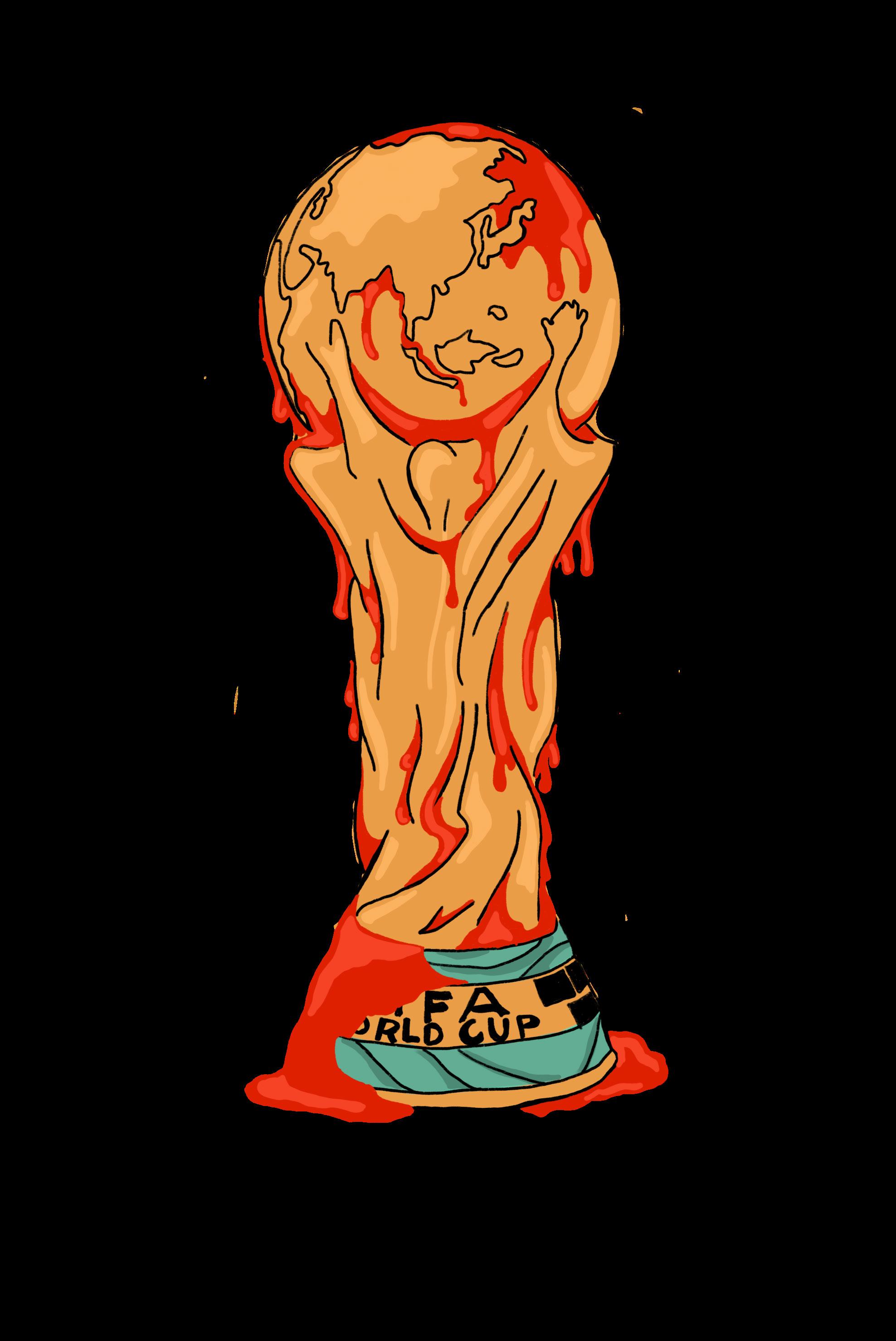
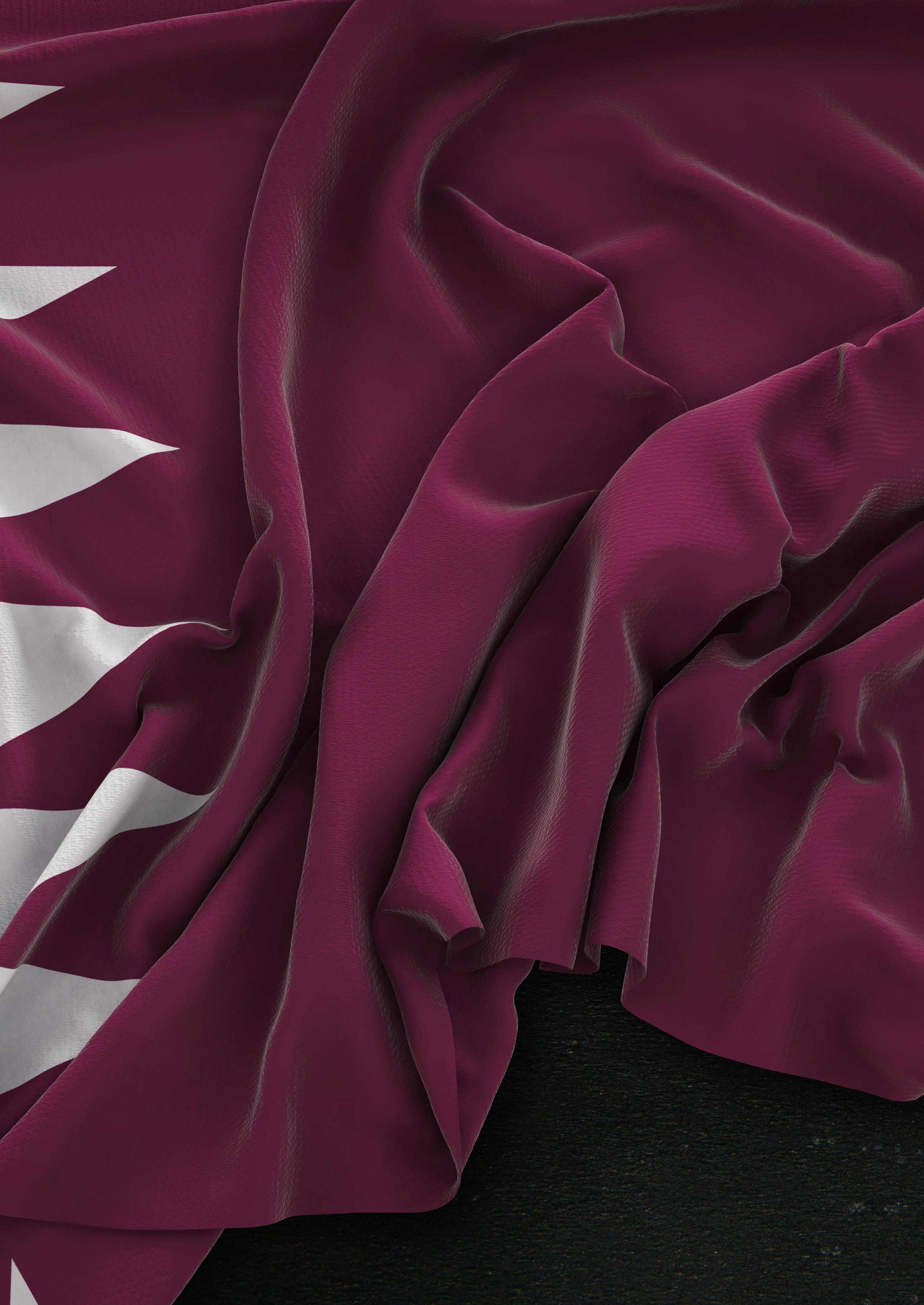
Ikke ta vann over hodet, ta hodet under vann!
Høsten har gjort sitt inntog. Løvet blir fargerikt og luften blir kjølig, men det er ingen grunn til å legge badebuksen (eller bikinien) på hyllen av den grunn. Volda byr på mange flotte badeplasser, både på sommertid og ikke minst, vintertid. I følge forksning.no er det flere helse fordeler knyttet opp mot vinterbading som, sterkere immunforsvar og bedre psykisk helse. Så hva venter du på? Her finner du oversikten over de beste badeplassene i Volda og omegn.
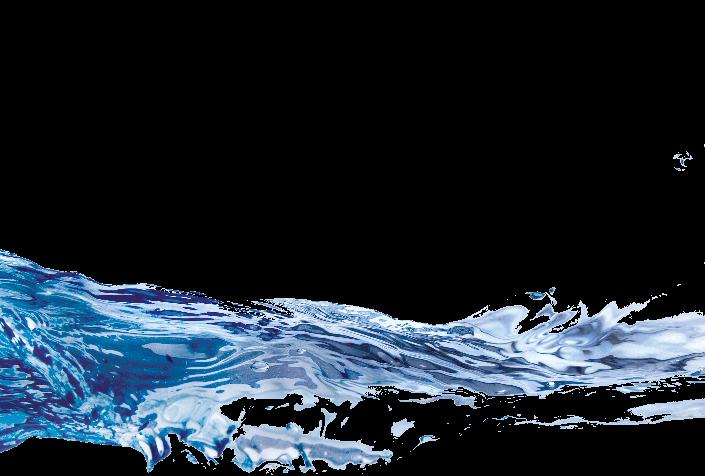
BADESTEDER
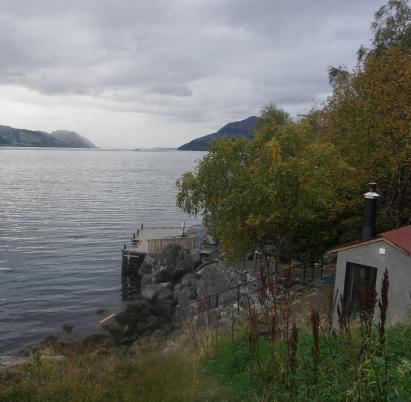
Andaneset
Hvor: 20 minutters gange fra sentrum
Fasiliteter: stor trebrygge, enkel stige, mulighet for å hoppe og en benk
Ulemper: Trappen til vannet kan være glatt og hvis du liker å bade i ro og fred bør du styre unna, her blir det folksomt på fine dager.
Fordeler: Det er enkelt å komme seg uti, og på en kald dag er det badstue i nærheten man har mulighet til å leie. Badeplassen har gode solforhold, så her kan man se solnedgangen over Voldsfjorden.
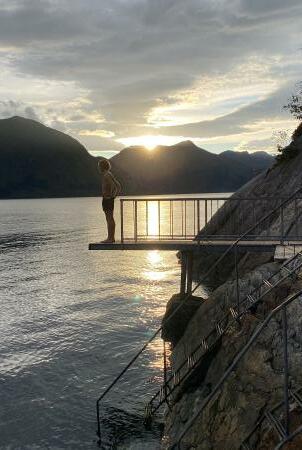
Munken
Hvor: 15 minutters gange fra sentrum
Fasiliteter: Stor brygge, mulighet for å grille, flere stiger og et stupetårn
Ulemper: Ingen gangvei, du må krysse selveste E39 ved en krapp sving, som gjør at enkelt bad kan bli en risikabel aktivitet. I tillegg er det en veldig bratt bakke du må gå opp igjen etter badingen, så sørg for at kondisen funker!
Fordeler: Her er en liten strand ved siden av stigen, så her kan du både vasse og hoppe ut i. Du får badet i flotte omgivelser som du ikke finner mange andre steder i verden.
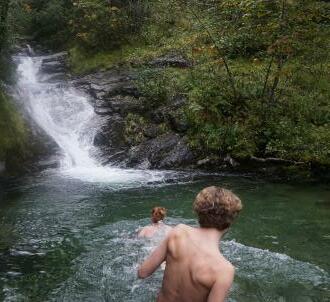
Kulpen
Hvor: 20 minutter med bil fra Volda + 5 min gange fra parkeringen. Du kan eventuelt ta buss til Ørsta rutebilstasjon og gå mot Skåla Gapahuk i ca 30 minutter.
Fasiliteter: INGEEEEN
Ulemper: Dette er en badeplass utenfor allfarvei, så reisetid må beregnes! Temperaturen holder seg dessuten ofte på et moderat nivå.
Fordeler: Dette er en skjult perle hvor du kan nyte et bad i stille omgivelser (hvis du ser bort i fra lyden av fossefallet). Her er vannet krystallklart og et besøk kan fort bli en trussel mot lagringsplassen på mobilen din.
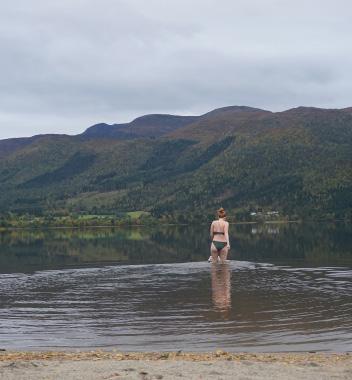
Årneset
Hvor: 25 minutters gange fra sentrum
Fasiliteter: Sandstrand, sandvolleyball, grill og benker
Ulemper: Langgrunt, ikke det letteste stedet for en rask dukkert på kalde dager. Hvis du liker følelsen av salt på kroppen, er ikke dette stedet for deg. Her er det nemlig ferskvann (buu).
Fordeler: Her finner du sand, et yrende folkeliv og et speilblankt vann, du kan kanskje drømmer deg bort å tro du er i syden på en varm solskinnsdag. Gode parkeringsmuligheter i umiddelbar nærhet.
Skrevet av:
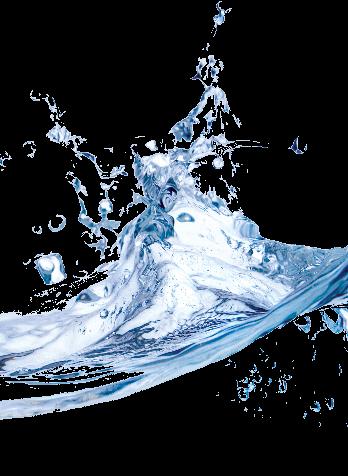
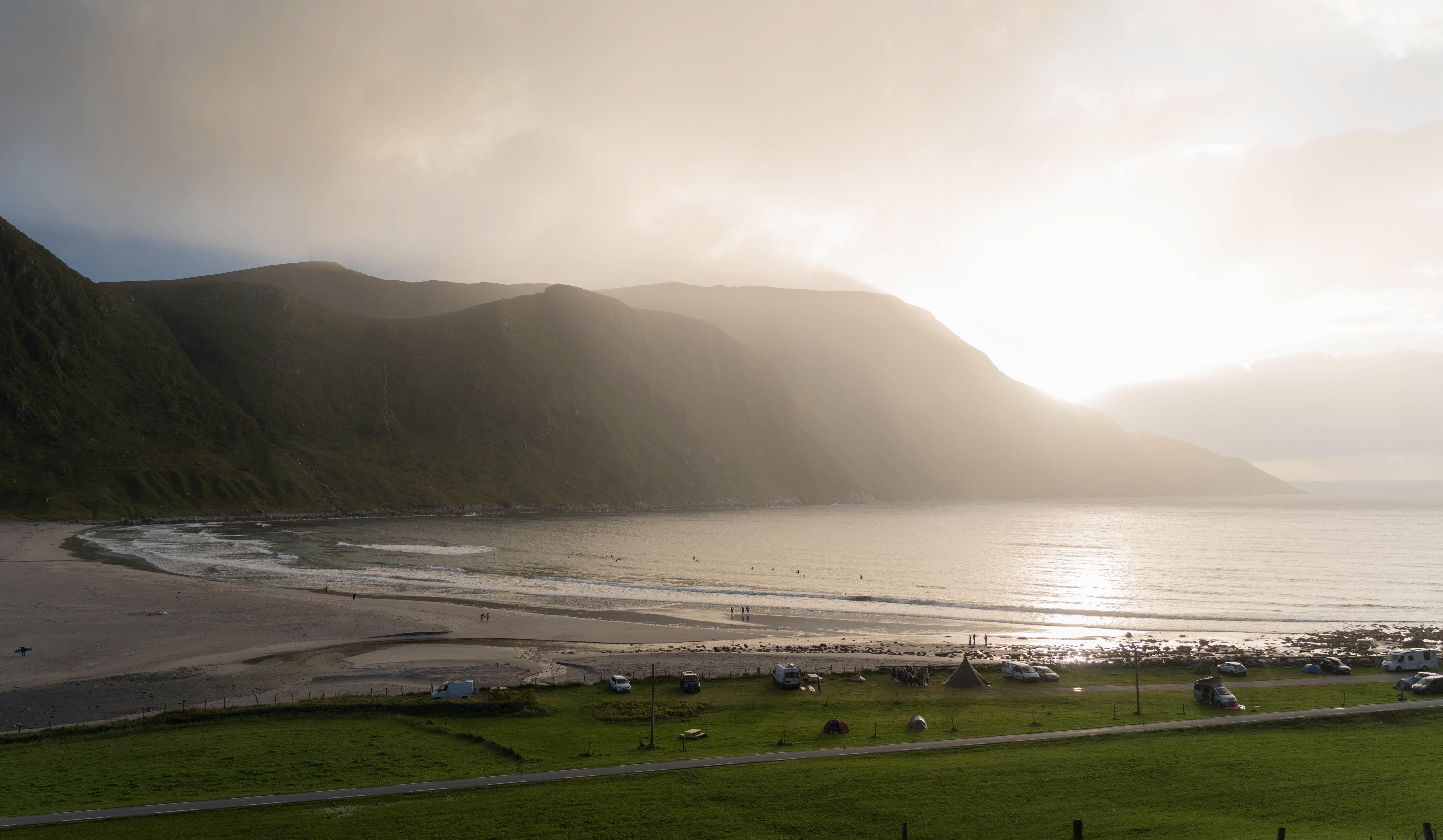

It was special to wake up at 7am to see the whole bay drenched in a dreamy, golden light and feel the white, soft sand under my feet. I didn’t see a waking soul until the first surfers came to the water after a couple of hours, as if the entire town of Hoddevik was sleeping in. The road seemed to get more occupied by skaters than by cars. The valley looked like something out of a painting: colorful, wooden houses and a narrow bay shaped like a horseshoe, surrounded by majestic mountains on each side. Amidst the laid-back vibe, secluded location, and lack of signal, I felt refreshingly shielded from everyday noise. The location also shielded the worst wind, but not the good waves, attracting visitors from all parts of the world. The weather forecast looked dreadful, expecting cool rain all day. Not exactly what I’d imagined for my first ever surfing experience. Being on my bucket list ever since I can remember, I always pictured it to be surrounded by palm trees and sunshine. But the surfers I was watching from the shore didn’t seem to care. They seemed to belong in the water, as if catching a wave was as easy as breathing. As we packed our gear and headed for a surf lesson, we were soon to learn that it was not as easy as it looked.
Getting the wetsuits on took ages of pulling and twisting ourselves in odd positions (and one of the other girl’s skills from using Spanx). Finally, we ran into the furious water of The Atlantic Ocean. I got on the board and heard our instructor yell “The other way!” right before a wave hit me right across the face. With stinging eyes and water splashing in my ears, I turned around and somehow managed to catch my very first wave. At least for a few seconds, until I lost balance and fell into the salty, forceful water. Up and down felt indistinguishable, but somehow, I got back on my feet. And fell back down. Again, and again. The cold turned out to be a blessing, as the effort and a thick wetsuit kept us more than warm enough. Surfing as a beginner left no time to think about stresses of work, studies, and everyday life. It required full attention. Trying, failing, and getting back up turned out to be enchantingly addictive; I got lost in time. And missed dinner. It started to rain, which made a beautiful rainbow appear, but also meant wet left-over tacos for me. Though it turns out, the combination of good company and three hours of surfing makes halfdisintegrated tortillas, cold chickpeas, and watered-out guacamole feel like Michelin. Sore muscles, wet dinner and face-planting the water more times than I can count turned out to be exactly what I needed.
